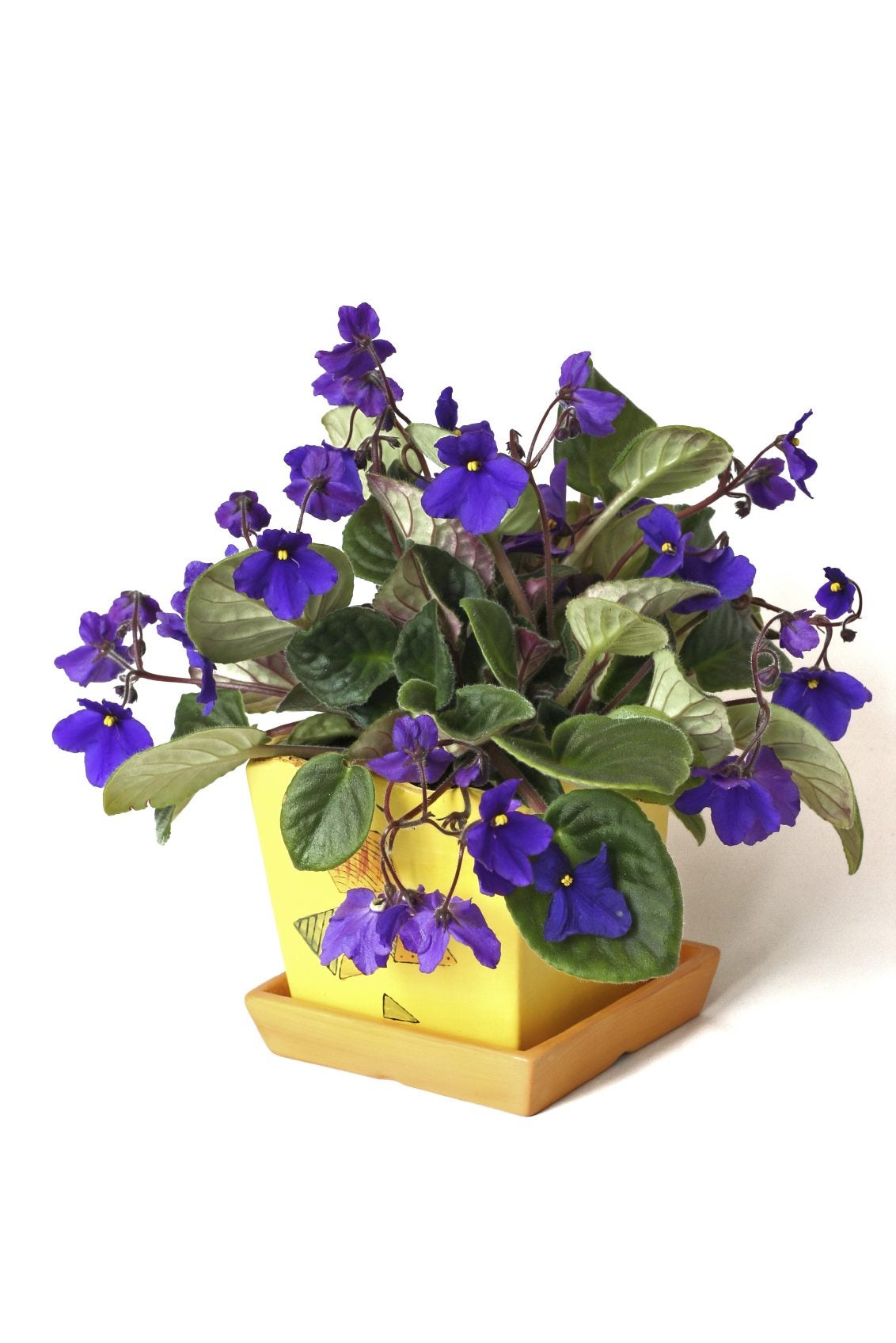Reasons African Violets Are Leggy: Fixing Leggy African Violets


Most plants start out cute and little in garden centers and nurseries. They can even remain that way for a long time when we get them home. Just as age changes our bodies, age can change a plant’s shape and structure as well. For instance, with age, African violets can develop long bare necks between the soil line and their lower leaves. Continue reading to learn what you can do when African violets are leggy like this.
Why Do African Violets Get Leggy?
New growth on African violets grows from the plant tip. As new growth grows from the top spending much of the plant’s energy, the old leaves at the bottom of the plant die back. After a time, this can leave you with long-necked African violet plants. The leaves of African violets do not like to be wet. African violets should be planted in a well-draining soil mix and water right at the soil. African violets are susceptible to rot, molds, and fungus if water is allowed to pool on the foliage or around the crown. This can cause leggy African violets also.
What to Do When African Violet Stems are too Long
When an African violet is young, you can prolong its beauty by giving it African violet food, keeping its foliage clean and dry, and up potting it about once a year. When potting it up, only use a slightly bigger pot, cut away any dead lower leaves, and plant it slightly deeper than it was before to bury any long neck it may be developing. A similar method of repotting can be done for long-necked African violet plants that have up to an inch (2.5 cm.) of bare stem. Remove the plant from the pot and cut off any dead or damaged bottom foliage. Then, with a knife, gently scrape away the top layer of the bare stem, exposing the inner cambium layer. Exposure of this cambium layer promotes growth. Lightly dust the scraped long neck with rooting hormone, then plant the African violet deeply enough so that the neck is under the soil and the foliage is just above the soil line. If the African violet stem is bare and leggy more than an inch (2.5 cm.), the best method of saving it is cutting the plant off at the soil level and re-rooting it. Fill a pot with a well-draining soil mix and cut the African violet stems at the soil level. Remove any dead or sickly foliage. Scrape or score the stem end to be planted and dust it with rooting hormone. Then plant the African violet cutting in its new pot.
Sign up for the Gardening Know How newsletter today and receive a free copy of our e-book "How to Grow Delicious Tomatoes".

Darcy is a former contributor to Gardening Know How. She is a professional landscape designer and gardening writer with experience in plant sales. An avid gardener, Darcy has a passion for sharing practical tips to help others grow.